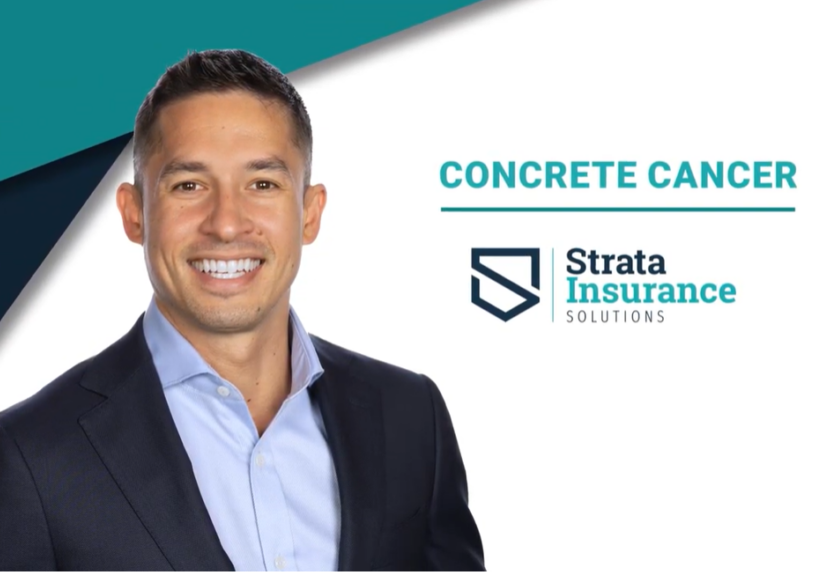Why are defects becoming harder to insure? – Part 3
2022 marked a significant change by insurers in their approach to insuring buildings that contain defects. It is now becoming inherently difficult to insure buildings that have defects, this article is designed to provide guidance on how to avoid becoming uninsurable due to defects.
Before you begin rectifying building defects, have you disclosed it to your insurer? To learn more about what this process entails, read here.

Barriers to rectifying defects
Strata Insurance Solutions acknowledges there can be barriers to addressing defects in buildings and have summarised common issues and responses you may expect from insurers:
- Lack of Funds: Lack of funds is a common barrier to rectifying defects particularly those that come at a significant cost to buildings. Insurers expect buildings will have a plan to raise funds to rectify defects, this can include seeking finance or raising additional levies. Insurers do not view lack of funds as an acceptable reason for not tending to defects. If funding is an issue, it may help if you can demonstrate a plan to raise funds and that you have taken all reasonable actions.
- Can’t find a builder/contractor: Lack of availability of a suitable contractor is another issue that is raised with us. In some instances, insurers may view that there is not a shortage of contractors but instead lack of will to find one. If finding a suitably qualified contractor is genuinely an issue for you, be prepared to demonstrate to the insurer you have taken all reasonable attempts you have made to find one.
- Pursuing a builders warranty claim: If you are pursuing a builders warranty claim, this can also be a cause for significant delays in rectifying defects and impact your insurability. Due to the claim, you may be limited in your ability to rectify building defects – in such instances we recommend demonstrating to the insurer that your actions have been reasonable in getting defects rectified with expedience.
- Waiting for Annual General Meeting (AGM): Waiting for an AGM to address defects can also be an area of contention between insurers and policy holders. Where a defect increases the risk for the insurer, they expect policy holders to act with expedience to rectify the issues. In some instances, it can include calling an Extraordinary General Meeting (EGM) to ensure a decision is made faster and rectification gets underway.
Concluding Remarks
We know defects can be a contentious issue for strata buildings. Insurability should be an important consideration when making decisions on remedial actions.
Below are the fundamental principals we recommend buildings consider with respect to insurability when dealing with defects.
- Get advice from an appropriately qualified contactor (such as a builder, engineer) and speak to us (or your insurance broker).
- Act with urgency to limit your and the insurers liability (should your failure to act contribute to a claim).
- Be reasonable in your approach.
To read more:

Tyrone Shandiman
Strata Insurance Solutions
LINK, Level 1, 57 Berwick St,
Fortitude Valley QLD 4006
Ph: 1300 554 165
E: tshandiman@iaa.net.au
This information is of a general nature only and neither represents nor is intended to be personal advice on any particular matter. Shandit Pty Ltd T/as Strata Insurance Solutions strongly suggests that no person should act specifically on the basis of the information in this document, but should obtain appropriate professional advice based on their own personal circumstances. Shandit Pty Ltd T/As Strata Insurance Solutions is a Corporate Authorised Representative (No. 404246) of Insurance Advisernet Australia AFSL No 240549, ABN 15 003 886 687.

Get a fast Strata Insurance quote
We have access to a wide range of coverage options to safeguard your strata community against various risks, including property damage, liability claims, loss of rental income, severe weather events and more. Our policies offer comprehensive protection, ensuring piece of mind.



